Graves Disease After Radioactive Iodine
Graves disease after radioactive iodine. Graves disease is a common cause of an overactive thyroid gland hyperthyroidism. Quality of life is worse at 6-10 years after radioactive iodine therapy of Graves disease compared with treatment with antithyroid drugs or surgery. If your dose of RAI was insufficient your doctor may recommend a second treatment to fully resolve your overactive thyroid.
32 years after therapy with RAI. A cohort study on cure rate time to cure and frequency of increased serum thyroxine after antithyroid drug withdrawal. The increased incidence of hyperparathyroidism following radioactive iodine treatment for Graves disease in children and adolescents would seem several times higher than normal.
Nausea or vomiting which is usually mild. Relapse of Graves disease months after inadequate treatment with 131I is well-recognized. The choice of primary therapy in Graves disease is one of the more contentious issues in clinical thyroidology.
Graves Disease Patients. Abstract Background The development of primary hyperparathyroidism PHPT after radioactive iodine RAI treatment for thyroid disease is poorly characterized. What Happens after Radioactive Iodine RAI or a Thyroidectomy.
A retrospective chart review of patients receiving RAI therapy for GD between 1998-2015 was performed. Metallic taste in your mouth. Prevention of RAI-induced GO activation is possible in at-risk patients with oral glucocorticoids OGC.
However in the initial weeks of RAI treatment for Graves disease blood thyroid levels actually rise instead of declining. This process can however take up to six months. Again this is rare.
Radioactive iodine treatment can make your neck swell up or hurt. Three well established therapies namely antithyroid drugs radioiodine and thyroidectomy have been available for decades and their efficacy and.
After her original diagnosis of Graves disease Williams decided on a single dose of radioactive iodine taken orally to destroy the misbehaving thyroid cells.
Three well established therapies namely antithyroid drugs radioiodine and thyroidectomy have been available for decades and their efficacy and. July 28 2014 by barb The graphic above summarizes the problem Graves patients face. There is a small but definite chance that radioactive iodine treatment may worsen already existing Graves ophthalmology or cause it. This process can however take up to six months. Again this is rare. Studies have shown that having Graves disease may have negative impact on patients quality of life. Graves Disease Patients. I have Hypothyroid Mom readers struggling with hypothyroidism now since treatment for their Graves with radioactive iodine RAI or. Quality of life is worse at 6-10 years after radioactive iodine therapy of Graves disease compared with treatment with antithyroid drugs or surgery.
The choice of primary therapy in Graves disease is one of the more contentious issues in clinical thyroidology. Faculty Opinions recommendation of Impact of lithium on efficacy of radioactive iodine therapy for Graves disease. When RAI is used to treat Graves diseasehyperthyroidism after treatment the thyroid becomes less able to produce thyroid hormone. Again this is rare. Relapse of Graves disease GD after a prolonged period of radioactive iodine RAI-induced hypothyroidism is very unusual. Whether adults who have radioactive iodine treatment for Graves disease have a similar increase incidence is not known. Hyperthyroidism is due to an oversupply of thyroid hormone which serves to regulate the metabolic rate of diverse tissues and systems in the body.
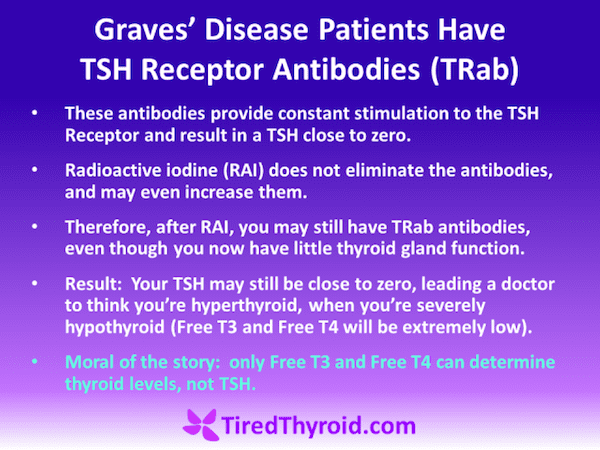






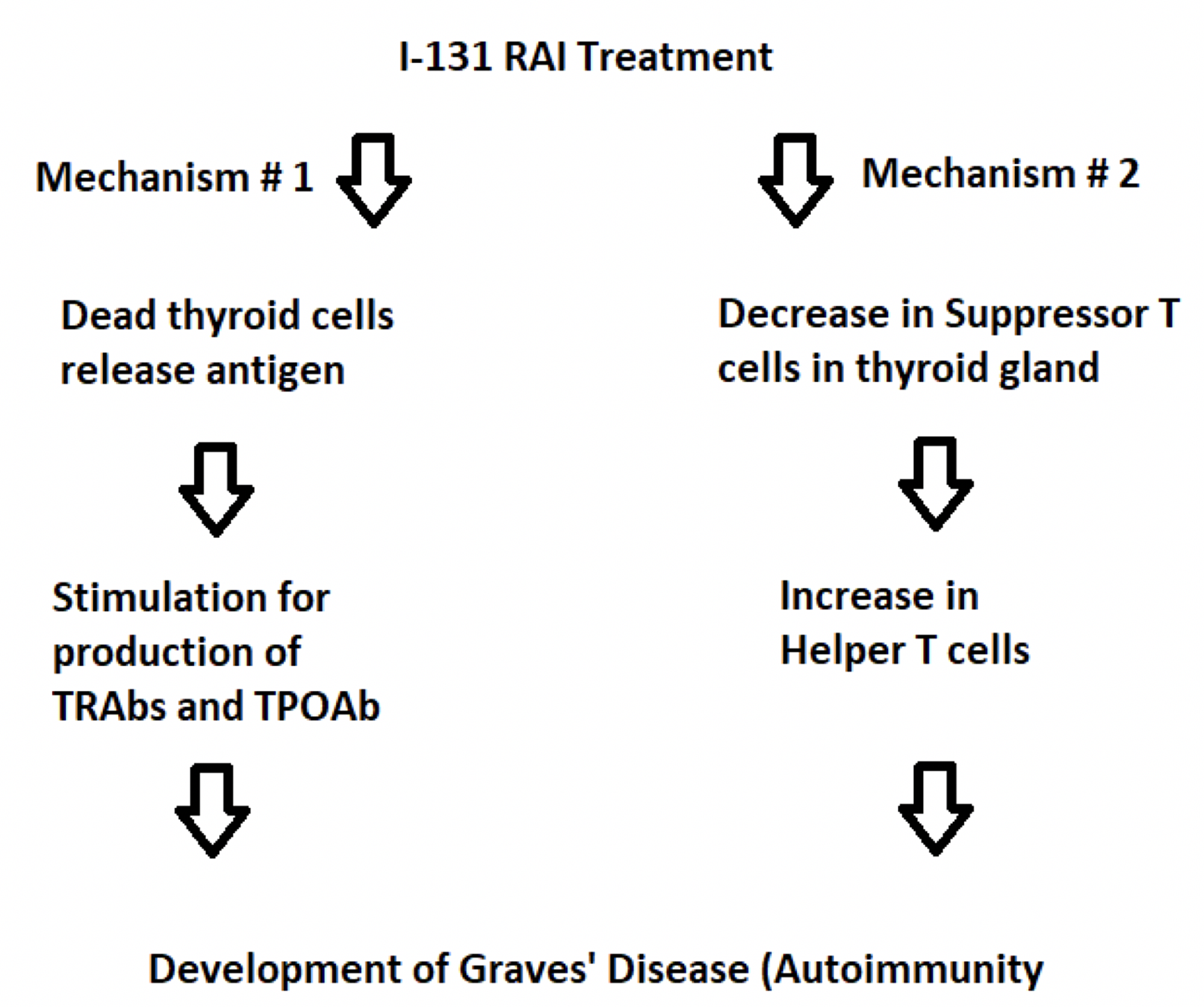
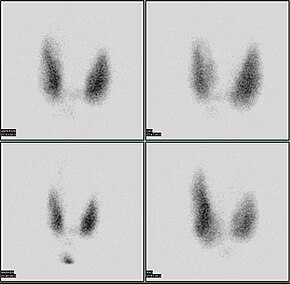


/3232992_color2-5c40ebe0c9e77c0001cc2a11.png)








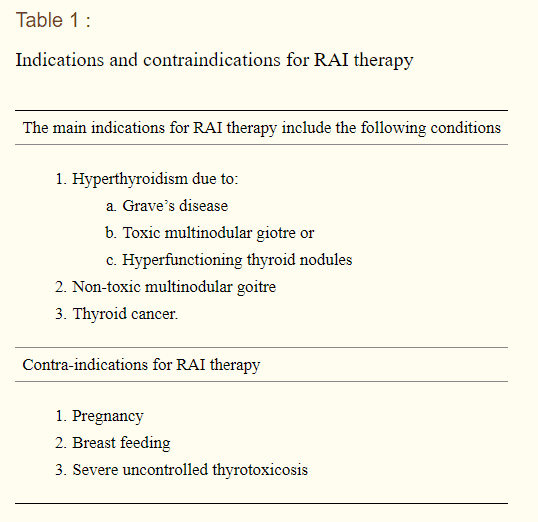
:max_bytes(150000):strip_icc()/protection-after-radioactive-iodine-treatment-3233133_final-c8b2c683662b4542ac0b53f0b005fcb2.jpg)

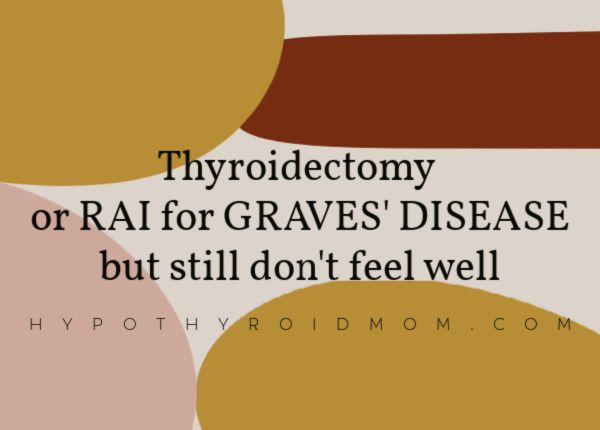




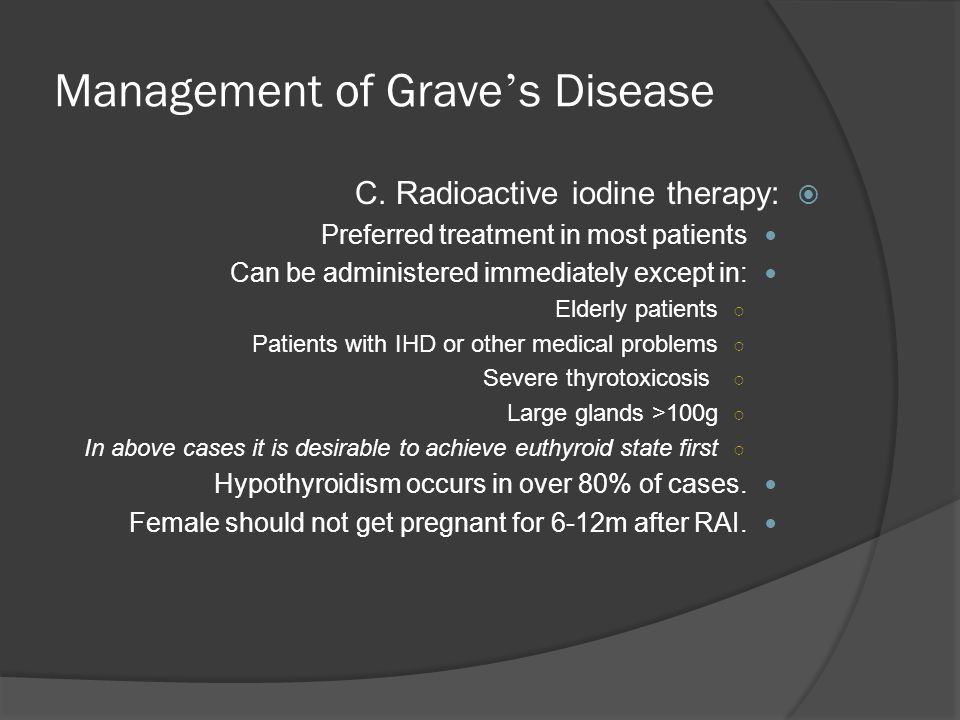


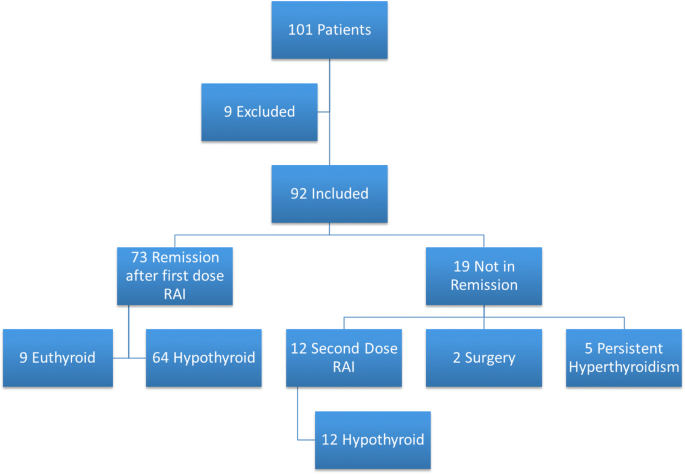


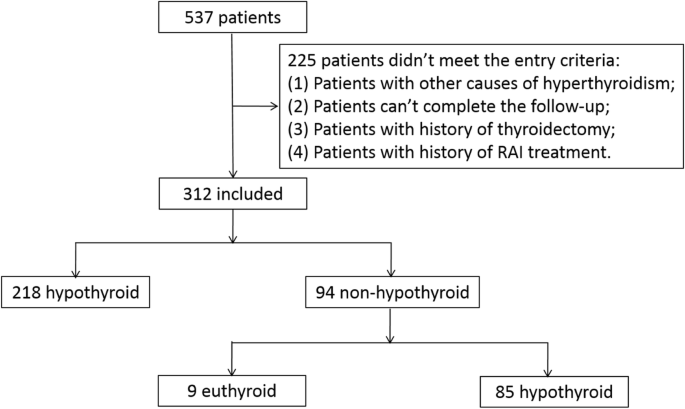


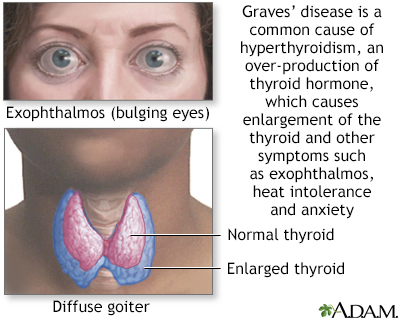





Post a Comment for "Graves Disease After Radioactive Iodine"